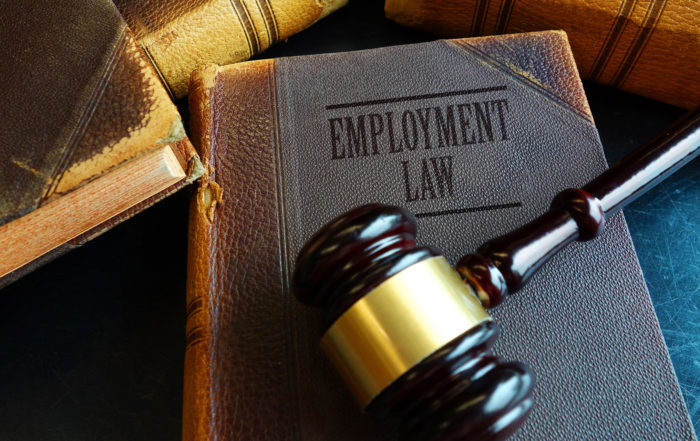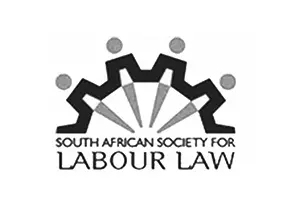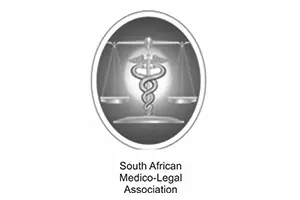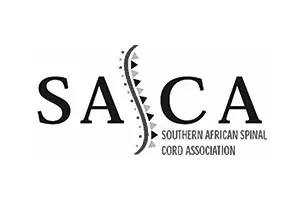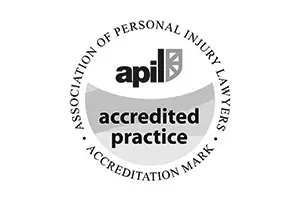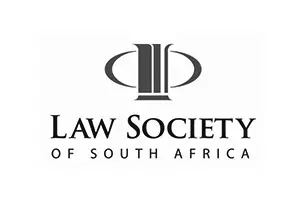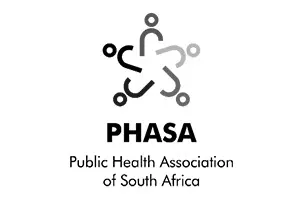Aviation
Relevant Legislation Relating to the Flying and Operating of Paragliders and Handgliders
1. The Aviation Act No. 74 of 1962 (now repealed and replaced by the Civil Aviation Act. No. 13 of 2009) applies to all aircraft whilst in or over any part of the Republic. “Aircraft” means any machine that can derive support in the atmosphere from the reactions of the air other than the reactions of the air against the earth’s surface.
2. The South African Civil Aviation Authority was established in terms of the South African Civil Aviation Authority Act No. 40 of 1998 as a juristic person.
3. The objects of the Authority are “to control and regulate civil aviation in the Republic and to oversee the functioning and development of the civil aviation industry, and, in particular, to control, regulate and promote civil aviation safety and security”.
4. Section 4 of the Act 40 of 1998 provides for the functions of the Civil Aviation Authority and reads as follows:
“Functions of Authority
(1) The functions of the Authority are to-
(a) administer the laws referred to in subsection (2);
(b) recommend to the Minister the introduction or amendment of civil Aviation safety and security legislation;
(c) make recommendations to the Minister in respect of the conclusion of any international agreement with another state, government or international organization, which appears to be consistent with the Authority’s objects mentioned in section 3;
(d) perform any other functions as are conferred on it by or under any other law
(e) execute an order issued in terms of section 6; and
(f) perform functions incidental to any of the previously mentioned functions.
(2) The administration of the laws mentioned in Schedule 1, as amended in accordance with the provisions of the third column thereof, is transferred to the Authority.
(3) The Authority may perform its functions both within and outside the Republic.
(4) The Authority must perform its functions in a manner consistent with
(a) the objects mentioned in section 3; and
(b) the obligations of the Republic under and
(i) any international agreement which is binding on the Republic;
and
(ii) customary international law binding on the Republic by virtue of section 232 of the Constitution of the Republic of South Africa, 1996 (Act No. 108 of 1996).
(5) The Authority must not discriminate unreasonably against or among various participants or categories of participants in civil aviation safety and security
5. The laws” referred to in sub section 2, read together with Schedule I of Act 40 of 1998, is the Aviation Act No. 74 of 1962.
6. In terms of section 5 of the Aviation Act, the Minister of Transport shall appoint an employee of the Authority as Commissioner for Civil Aviation. The
Commissioner may designate one or more persons as inspectors or authorized officers for the purposes of monitoring compliance with any legislation
administered by the Authority.
7. In terms of section 22 of the Act, the Minister of Transport may make regulations regarding, inter alia, the provision of general operating rules, flight
rules and air traffic rules in respect of civil aviation.
8. The Civil Aviation Regulations, 1997 were promulgated in terms of section 22 of the Act.
9. In terms of Part 1 of the Regulations a “non-type certificated aircraft” means “any aircraft that does not qualify for the issue of a certificate of airworthiness in terms of Part 21 and shall include any type certificated aircraft that has been scrapped, of which the original identification plate should have to be removed and returned to the applicable aviation authority and is rebuilt as a full-scale replica”. A paraglider is a “non-type certificated aircraft”, as defined.
10. Prior to November 2002 the operation of non-type certificated aircraft was regulated by the so-called Document LS/1. Paragraph 1.3 provided that “LS/1 aircraft shall not be operated for remuneration, unless when otherwise authorized by the CCA or when compliance with paragraph 25 has been shown.”
11. Aeronautical Information Circular (AIC) 18.23, dated 15 November 2002, reads interalia as follows:
“6.Development of Parts 24, 94 and 96
The CAA has spent the past 18 months developing new proposed Parts 24, 94 and 96 to ultimately replace the LS/1 Document. These new Parts incorporate many of the provisions of the LS/1 Document, but also make provision for veteran aircraft and ex-military aircraft, and deal with the commercial operations of the so-called LS/1 aircraft.
7.The three new Parts are, Part 24 “Airworthiness Standards: Non-type Certificated Aircraft”, Part 94 “Operation of Non-type Certificated Aircraft”, and Part 96 “Commercial Operation of Non-type Certificated Aircraft”. (All recreational pilot licensing aspects will be dealt with in a new Part 62).…
11. As mentioned above, Part 96 contains the requirements for the commercial operation of these aircraft. In order not to unfairly advantage the operator of NTCA, proposed Regulation 96.01.1(3) restricts ex-military aircraft conducting passenger flights to “flipping” – where the place of take-off and subsequent landing are one and the same. Part 96 also makes provision for the issuing of a Part 96 Operating Certificate, if the prescribed requirements are met.
12. Motivation
Document LS/1 has clearly outlived its usefulness.… As an interim measure, the CAA motivated the granting of this exemption to operators of Non-type Certificated Aircraft, subject to the condition that the requirements contained in proposed Parts 24, 94 and 96 are to be complied with by the operators of NTCA. This will also allow the CAA to test and evaluate the new Parts in practice and iron out any difficulties before the abovementioned Parts are finally promulgated.…
16. The implementation of the proposed Parts 24, 94 and 96, as the terms and conditions attached to the granting of this general exemption, will come into effect on 14 October 2002.”
12. The proposed Part 94 of the Regulations referred to in AIC 18.23 was published in Government Gazette No. 23009 on 11 January 2002 and deals with “Operation on Non-type Certified Aircraft”. In terms of Part 94.01.1 these provisions applied as follows:
“94.01.1 (1) This Part applies to:
(a) non-type certificated aircraft operated within the Republic;
(b) non-type certificated aircraft registered in the Republic;
(c) persons acting as flight crew members of non-type certificated aircraft registered in the Republic; and
(d) persons who are on board a non-type certificated aircraft operated in terms of this Part.
(2) This Part contains for the various sub-groups of non-type certificated aircraft –
(a) operating in flight rules additional to, and
(b) exemptions from,
The Operating and Flight Rules prescribed in Part 91, if any.
(3) The provisions of the various other Parts of these Regulations shall apply mutatis mutandis to any non-type certificated aircraft unless specifically exempted by the provisions of Part.
(4) Non-type certificated aircraft operated in terms of this Part are prohibited to carry passengers or cargo for reward.
(5) Notwithstanding the provision of sub-regulations (3) and (4), non- type certificated aircraft operated in terms of this Part may be used for the training of its registered owner: Provided the training is provided by an approved ATO and the airworthiness requirements in respect of a non-type certificated aircraft used in training are met.
27. The proposed Part 96 of the Regulations published in Government Gazette No. 23009, dated 11 January 2002, governed “Commercial Operations of Non-type Certified Aircraft”. Part 96.01.1 read as follows:
“96.01.1 (1) This Part shall apply to –
(a) non-type certificated aircraft engaged in commercial air transport operations within the Republic;
(b) non-type certificated aircraft registered in the Republic and engaged in commercial air transport outside the borders of the Republic;
(c) persons acting as flight crew members of non-type certificated aircraft registered in the Republic and engaged in commercial air transport operations; and
(d) persons on board a non-type certificated aircraft engaged in commercial air transport operations.
(2) No non-type certificated aircraft shall be used in commercial air transport operations unless the operator is the holder of the appropriate air service licence issued in terms of the Air Services Licensing Act of 1990 (Act 115/1990) or International Air Services Act of 1993 (Act 60/1993): Provided that no amateur or
production-built aircraft shall be issued with a Class I-type S1 or a Class II-type N1 domestic air service licence, nor with a Class I or Class II international air service licence.
(3) Notwithstanding the provisions of paragraph (2), and amateur-built or production-built aircraft may be issued with a Class II-type N1 domestic air service licence which restricts the holder to flights where the place of take off and subsequent landing are one and the same (so-called “flips”).
(4) A non-type certificated aircraft shall not be used for flight training unless the operator is the holder of the appropriate aviation training organization approval, issued in terms of Part 141 of these Regulations.
(5)The provisions of Part 24, Part 91 and Part 94 of these Regulations shall mutatis mutandis apply to any non-type certificated aircraft unless specifically exempted by the provisions of this Part.
28. “Commercial air transport operation” is defined as “an air service as defined in section 1 of the Air Services Licensing Act, 1990 (Act No. 115 of 1990), including –
(a) the classes of air service referred to in Regulation 2 of the Domestic Air Services Regulations, 1991; and
(b) the classes of international air services referred to in Regulation 2 of the International Air Services Regulations, 1994”.
29. It bears emphasizing that Parts 24, 94 and 96 deal with two of the three elements which the Regulations employ as a means of control over commercial flying activity:
(a) airworthiness certification; and
(b) operating requirements. The third element is pilot licensing. At the time of the accident, the new Part 62 (which provides for the issuing of pilot licences for recreational aircraft) had not been brought into operation. Pilot licensing was still in terms of the Air Navigation Regulations of 1976 (ANR). Broadly stated, a private licence did not allow flying for reward – what was required was a commercial licence.
30. What is clear, however, is that as at 12 April 2004 the basic principle was encapsulated in Part 94(4): the operation of non-type certificated aircraft for reward was impermissible. Part 96 contemplated that non-type certificated aircraft could be used
in commercial air transport operations with the appropriate operator’s licence having been obtained.
The current position on objections to the con/arb process
Con/arb process - The Commission for Conciliation, Mediation[...]
Out of time? Think again – The CCMA and its rules
By Lara Keil (Candidate Legal Practitioner) under the[...]
RAF’s lodgement requirements: Claimants further prejudiced
By Lara Keil (Candidate Legal Practitioner) under[...]



